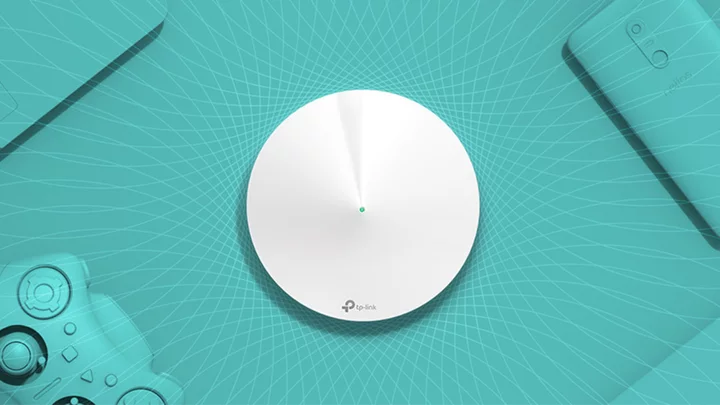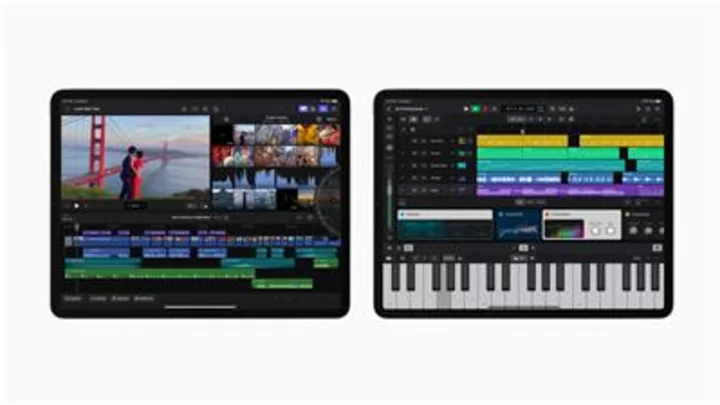Sure, maintaining smooth Wi-Fi performance and throughput for video streaming, gaming, and linking up smart home devices is important. But now that so many folks are working from home, you also need to consider how crucial work applications and different modes of work communication (especially video conferencing) perform over your home network. If your job or your children's education rely on robust connectivity, strong, whole-house wireless coverage goes from a nice-to-have to a must.
That's where Wi-Fi mesh router systems come in. These kits blanket your home in a consistent web of Wi-Fi signal. Let's take a look at the best Wi-Fi mesh routers we've tested, followed by tips for understanding the features to consider before you buy one.
Many late-model wireless routers can project strong signal to most rooms of a typical medium-size house. But larger homes and dwellings with dense walls, multiple floors, metal and concrete substructures, and other material impediments may require additional components to bring Wi-Fi to areas that a single router can't reach. Range extenders can help fill dead zones, but most provide only half the bandwidth that you get from your main router. Access points, meanwhile, offer more bandwidth than range extenders, but they require a wired connection to the main router. And both solutions typically create a new network SSID that you have to log in to as you move from one area of the house to another.
If you're new to networking, you might be worrying that all of the above will leave you sitting on the floor surrounded by a lot of router documentation and questioning your life choices. Fortunately, there's another alternative: a mesh Wi-Fi system.
What Is a Wi-Fi Mesh System?
Also known by popular brand names like Google Nest Wi-Fi Pro, or TP-Link Deco, mesh systems (or mesh Wi-Fi routers) are designed to blanket your home with wireless coverage. These systems are a hybrid of sorts, made up of several networking components. A main router connects directly to your modem, and a series of satellite modules, or nodes, get placed throughout your house. They are all part of a single wireless network, and they share the same SSID and password. Unlike range extenders, which communicate with the router via the 2.4GHz or 5GHz radio bands, most Wi-Fi system satellites use mesh technology to talk to the router and to each other.
Setting up and maintaining a traditional wireless home network can be daunting, even if you're tech-savvy. Wi-Fi mesh systems, on the other hand, are geared toward users with little or no technical knowledge and can be installed in minutes. They typically come with a user-friendly mobile app that walks you through the installation process with easy-to-follow illustrated instructions. The app tells you where to place each node for maximum coverage and chooses the best Wi-Fi channel and radio band for optimal throughput performance, so you can maintain a strong wireless connection as you move about the house.
Wi-Fi mesh systems are easy to expand (with no current limit on the number of nodes you can add) and manage using your smartphone. From an app, you can disable Wi-Fi access to specific devices with the press of a button, or give certain devices network priority without having to log in to a complicated network console.
What Should I Look for in Wi-Fi Mesh Router Design and Features?
Most Wi-Fi mesh systems look nothing like a traditional setup with a router and range extender. The router and nodes use internal antennas and are almost always tastefully designed so you can place them out in the open rather than in a closet or under a desk. (Don't expect to find a lot of flashing LED indicators—these systems are designed to blend in with your home's décor.) They usually have at least one LAN port for connecting to devices like TVs and gaming consoles, but USB connectivity is a rare feature at this point.
Similar to modern standalone routers, mesh systems are multi-band networking devices that operate on the 2.4GHz and 5GHz radio bands. Some models offer support for Multi-User Multiple Input Multiple Output (MU-MIMO) technology, which streams data to multiple compatible wireless clients simultaneously rather than sequentially. Most Wi-Fi systems use band steering to automatically select the least-crowded radio band for the best performance and offer easy-to-use parental controls, guest networking, and device-prioritization options. While designed for ease of use, they usually let you configure port forwarding and wireless security settings but lack the advanced network-management options such as individual band control, firewall settings, and wireless transmission rate settings that you get with a traditional router. Nor can you use third-party WRT firmware to customize the system for enhanced performance and network monitoring.
Do Wi-Fi Mesh Systems Support Wi-Fi 6?
Some do, yes, and you should insist on it in a new mesh system if you own client devices that support it. Wi-Fi 6 (also called 802.11ax) is an evolution of 802.11ac technology that promises increased throughput speeds (up to 9.6Gbps), less network congestion, greater client capacity, and better range performance courtesy of several new and improved wireless technologies, including Orthogonal Frequency-Division Multiple Access (OFDMA). OFDMA improves overall throughput by breaking Wi-Fi channels into sub-channels, allowing up to 30 users to share a channel at the same time.
Additionally, 802.11ax takes advantage of previously unused radio frequencies to provide faster 2.4GHz performance and uses MU-MIMO streaming, too. Some Wi-Fi 6 devices can also communicate on the less-crowded 6GHz band, which is known as Wi-Fi 6E. For more on the benefits of the 802.11ax protocol, check out our speed tests and primer What Is Wi-Fi 6?
Which Is Better: A Wireless Mesh Router, or a Range Extender?
If you're worried what these systems might cost, don't sweat it; aside from a few pricey contenders, most mesh systems are only slightly more expensive than a router/range extender combination. Wi-Fi systems range in price from around $150 for a single-node system to around $500 for a multi-node setup.
The pricing looks higher with these systems because, in most cases, you're paying for at least two devices, the router and a router node that forms the mesh. Most systems, in fact, come with two nodes, so you're buying three devices in total. If you break it down per device, you'll most often find that they cost only a little more than you'd pay for a similarly powered router and range extender solution. That's especially true now that we're seeing prices coming down on mesh systems, even the newer models compatible with Wi-Fi 6.
Also remember: Wi-Fi systems are all about ease of use. They are a snap to set up and manage, offer whole-house coverage via a series of attractive nodes, and provide seamless room-to-room roaming over a single network. If you want total control over your network and require the best possible throughput performance and connectivity options, stick with a traditional router solution. If you don't want to deal with things like assigning radio bands and logging in to different networks as you move throughout your home, however, a Wi-Fi system makes sense. (For more about the differences between these two technologies, check out our explainer Wi-Fi Range Extender vs. Mesh Network: What's the Difference?)
So, What Is the Best Wi-Fi Mesh System to Buy?
We've laid out our top mesh picks in the detailed spec breakout chart below. For even more detail, you can click through to our full reviews of the best Wi-Fi systems we've tested. Need some more help getting all your devices up and running their fastest? Check out our tips for troubleshooting your internet connection. And once you've picked out the best product for your home, read our primer on how to set up a mesh Wi-Fi router.









